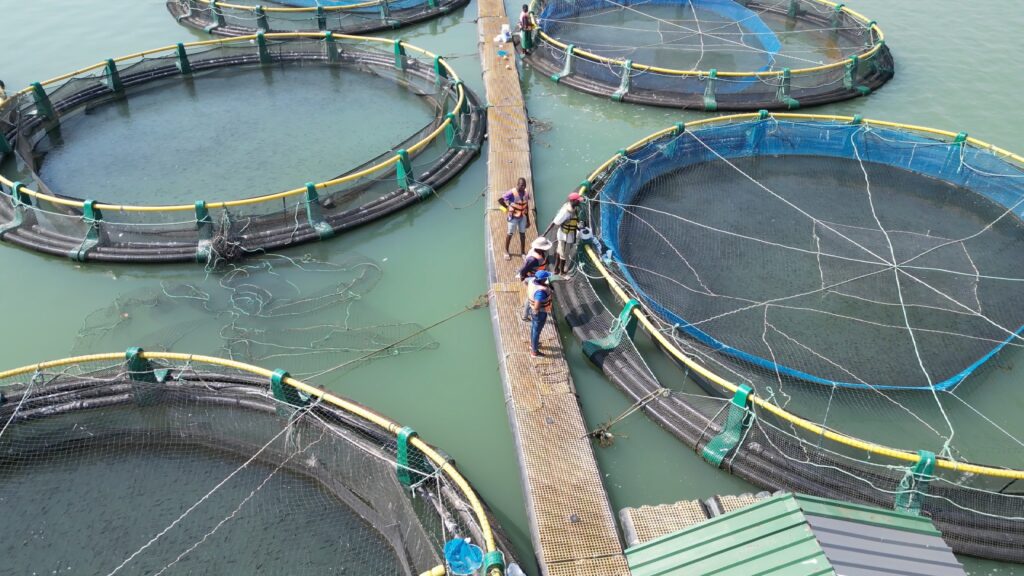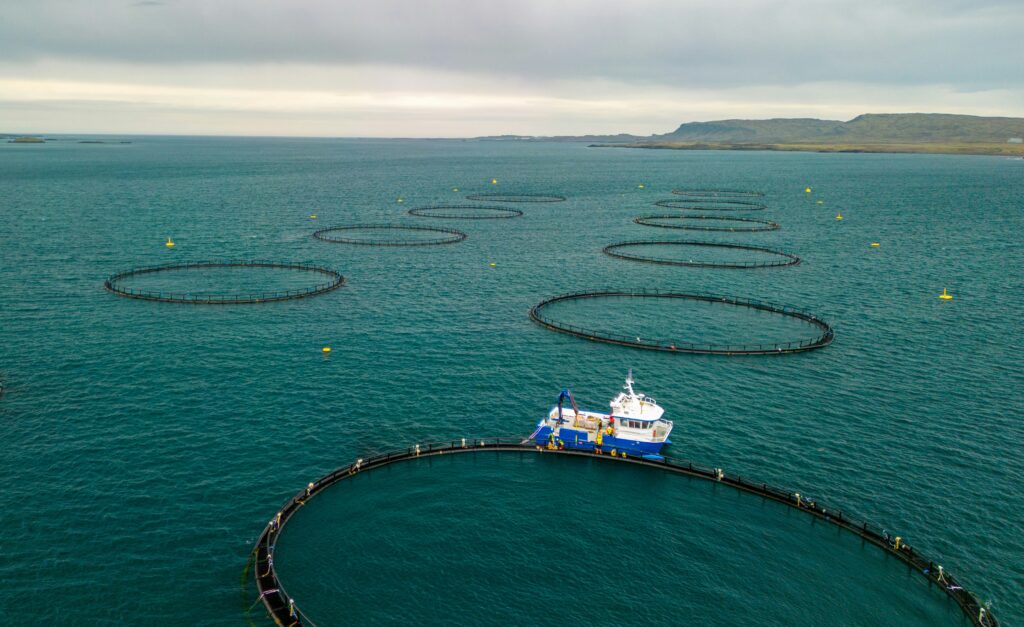Importance of Conservation
Conservation and sustainability in fisheries are essential for ensuring the long-term health of fish populations and the ecosystems that depend on them. Overfishing, habitat destruction, and climate change threaten fish species worldwide. By adopting sustainable fishing practices, we can prevent overexploitation, protect biodiversity, and secure the livelihoods of fishing communities for future generations.
Protecting Fish Species
Fish conservation efforts are crucial to maintaining the diversity of species in our oceans, rivers, and lakes. Many species are at risk due to overfishing, habitat degradation, and pollution. By implementing catch limits, reducing bycatch, and protecting vital breeding habitats, we can safeguard these fish populations for future generations.
Economic Stability
Fishing is an essential source of income for millions of people around the world. Sustainable fisheries practices ensure that fish stocks remain healthy, supporting local economies and providing food security. By protecting fish populations, we can sustain the economic value of fisheries and prevent the collapse of local fishing industries.
Environmental Health
Fish play a vital role in maintaining the health of aquatic ecosystems. They help regulate the food chain and control algae growth, which in turn maintains water quality. Conservation of fish populations ensures the balance of aquatic environments, contributing to the overall health of our planet.
Sustainable Fishing Practices
Implementing sustainable fishing practices is key to the long-term viability of fisheries. These include:
- Catch Limits and Quotas
Setting catch limits for fish species helps prevent overfishing and allows fish populations to regenerate. These limits are set by governments and international organizations to ensure that fish stocks remain sustainable. - Selective Fishing Gear
Using selective fishing gear, such as circle hooks and traps, reduces bycatch and minimizes environmental damage. This approach ensures that only the targeted species are caught, helping to protect other marine life. - Marine Protected Areas (MPAs)
Designating Marine Protected Areas (MPAs) where fishing is restricted or prohibited allows fish populations to thrive and regenerate. MPAs provide safe havens for fish to breed and grow, contributing to the recovery of fish stocks. - Aquaculture (Sustainable Fish Farming)
Sustainable fish farming practices help meet the global demand for seafood while reducing pressure on wild fish stocks. These practices include maintaining water quality, reducing feed waste, and minimizing environmental impacts. - Monitoring and Enforcement
Effective monitoring of fish stocks and the enforcement of fishing regulations are essential for ensuring sustainability. This includes tracking catches, regulating fishing seasons, and implementing penalties for illegal fishing activities.
Consumer Responsibility
Consumers can play a significant role in supporting sustainable fishing practices by choosing sustainably sourced seafood. By opting for certified sustainable fish, consumers encourage responsible fishing and contribute to the preservation of marine ecosystems.
- Choosing Sustainable Seafood
Buying seafood that has been certified by organizations such as the Marine Stewardship Council (MSC) ensures that the fish has been caught using sustainable methods. Consumers can help promote sustainable fishing practices by supporting responsible fisheries. - Reducing Waste
Minimizing food waste and using all parts of the fish can reduce the environmental impact associated with food production. Consumers can contribute to sustainability by making responsible choices in their consumption patterns. - Supporting Local Fisheries
Buying fish from local, sustainable fisheries supports small-scale fishers and encourages responsible fishing practices. By supporting local fisheries, consumers can help ensure that fish populations remain healthy and sustainable.



